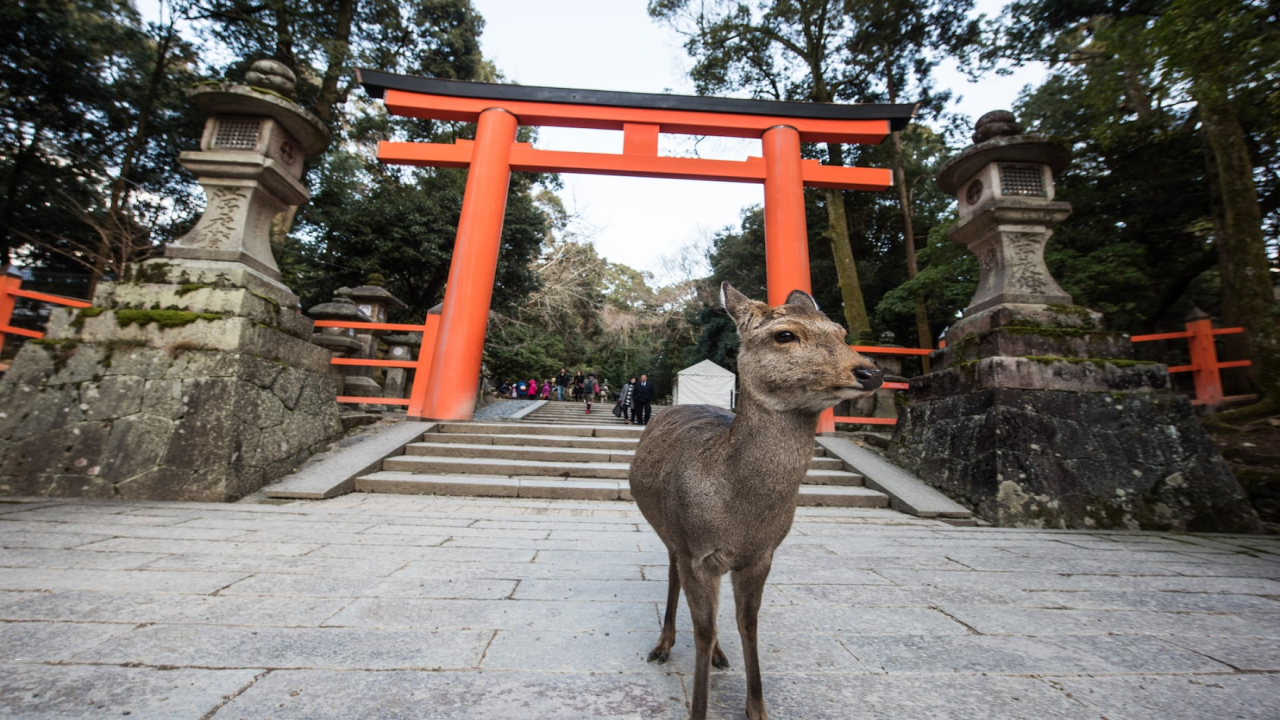Fact Sheet: Sika Deer
The Sika deer, also known as the Japanese deer or Northern spotted deer, is a species of deer native to much of East Asia, including Japan, Taiwan, and eastern parts of China. The species has also been introduced to various other parts of the world. It is known for having small head and short legs. Depending on their habitat, species can be small or medium-sized. Males have antlers with three to four points, with more dominant ones having additional points. On the other hand, females have two black bumps on their heads. Their coats range from yellow-brown to reddish-brown, with a dark dorsal stripe surrounded by white spots in summer. During winter, their color changes to dark gray or black, without spots or with very faint ones.
Sika Deer in Japan
The Sika deer is an important part of Japanese culture and is a frequent subject of art, literature, and folklore. In Japan, the Sika deer is also considered a national treasure and is a protected species. Their populations in Japan are estimated to be around 1 million, making them a common sight in the country. The deer are often found in parks and shrines and have become accustomed to humans, sometimes approaching them for food. This has led to concerns about overpopulation and damage to forests and crops.
Genetic Uniqueness of Sika Deer near the Kasuga Taisha Shrine
A recent study conducted in Japan by Fukushima University researchers has discovered that the Sika deer residing near the Kasuga Taisha Shrine and the Todaiji Buddhist Temple in Nara city on the Honshu Island are genetically unique. The researchers collected samples from 294 Sika deer living across 30 sites on the Kii Peninsula between 2000 and 2016. Through the analysis of mitochondrial DNA, the team identified three distinct genetic groups, one of which had a unique haplotype, suggesting a restricted flow of genes across its maternal lineage. This isolated group included the Sika deer surrounding the Kasuga Taisha Shrine and is believed to have split off from the rest of the Kii Peninsula around 1,400 years ago when the shrine was established.
Month: Current Affairs - March, 2023
Category: International / World Current Affairs • Science & Technology Current Affairs


